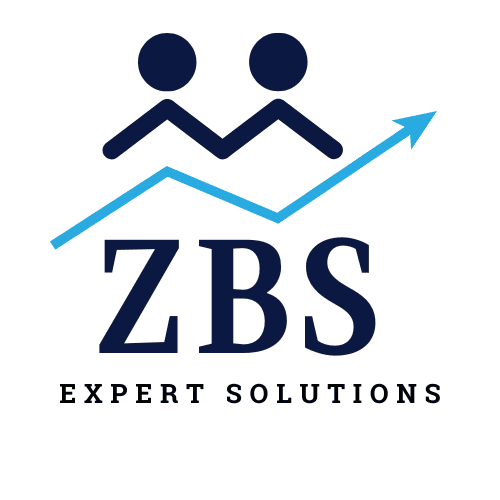
As remote work continues to become the new norm for businesses worldwide, effective workforce management is more critical than ever. Organisations are increasingly looking for SaaS services to streamline their operations, enhance collaboration, and maintain productivity across geographically dispersed teams. These cloud-based SaaS services are revolutionising how companies manage their remote workforce, offering numerous advantages that make them indispensable in today's business environment.
In this blog post, lets explore the top reasons why SaaS solutions are essential for managing a remote workforce effectively.
1. Real-Time Collaboration and Communication
Effective communication is key to managing a remote workforce. SaaS solutions provide tools that allow employees to collaborate in real time, whether they're in different cities or continents. Platforms like project management software, video conferencing, and instant messaging ensure that remote teams can stay connected and work together seamlessly.
With SaaS services, businesses can manage tasks, share documents, and track progress in real time, ensuring that everyone stays on the same page, regardless of location. This real-time communication fosters better collaboration and prevents the isolation that can occur when working remotely.
2. Scalability to Meet Business Needs
One of the most significant advantages of SaaS solutions is their scalability. Whether your team is small or rapidly expanding, SaaS services can easily scale to meet the needs of your business. You can add new users, increase storage capacity, or upgrade your service plan without the need for complex infrastructure changes or large upfront costs.
For businesses managing a growing remote workforce, this scalability is crucial. It ensures that your team has access to the tools and resources they need, no matter how large or small your workforce becomes.
3. Cost-Effective Technology
Managing a remote workforce doesn’t have to be costly. With SaaS solutions, businesses pay for what they need on a subscription basis, eliminating the need for expensive hardware and ongoing maintenance. The pay-as-you-go model is especially beneficial for remote workforce management, as companies can adjust their usage based on changing needs without overcommitting to long-term expenses.
This cost-effective model also allows businesses to access cutting-edge technology without the financial burden of developing or maintaining in-house systems.
4. Secure Data Access and Protection
One of the biggest concerns for companies managing remote teams is data security. With employees accessing sensitive information from various locations and devices, it’s crucial to have a robust security system in place. SaaS solutions are designed with enterprise-level security measures such as encryption, two-factor authentication, and automatic updates, ensuring that your data is protected at all times.
Additionally, SaaS servicesallow businesses to control access to critical data and applications, ensuring that only authorised personnel can access specific resources, even when working remotely.
5. Easy Integration with Other Tools
Remote workforce management often requires using multiple software applications. SaaS solutions offer seamless integration with a wide range of tools, from CRM systems to payroll and HR platforms. This integration ensures that all your business applications can work together harmoniously, reducing the complexity of managing various tools for different tasks.
By leveraging SaaS services, companies can create an integrated ecosystem that supports every aspect of their remote workforce management, from project tracking to employee scheduling and payroll processing.
6. Access from Anywhere
One of the most significant benefits of SaaS solutions is the ability to access them from anywhere with an internet connection. This flexibility allows remote employees to work from any location, whether they’re at home, in a café, or even travelling abroad. Employees can log in from any device, providing instant access to the tools and resources they need to stay productive.
For managers, this accessibility means they can oversee operations and provide support to their teams without being tied to a physical office. With SaaS services, the entire workforce can remain connected and operational, no matter where they are.
7. Improved Employee Performance Tracking
Tracking employee performance can be challenging when managing a remote team. SaaS solutions offer built-in analytics and reporting features that allow managers to monitor productivity, track progress on tasks, and identify areas for improvement. This real-time data helps managers make informed decisions and keep their teams accountable, even from a distance.
By using SaaS services to track employee performance, businesses can ensure that their remote workforce remains productive and aligned with company goals.
Conclusion
In an era where remote work is becoming the standard, SaaS solutions are essential for managing a dispersed workforce effectively. From real-time collaboration and cost savings to enhanced security and scalability, SaaS services offer the tools and flexibility needed to ensure that remote teams stay productive, connected, and secure.
For businesses looking to embrace remote work or enhance their current operations, adopting SaaS solutions is a crucial step in driving success and staying competitive in today’s digital landscape.




